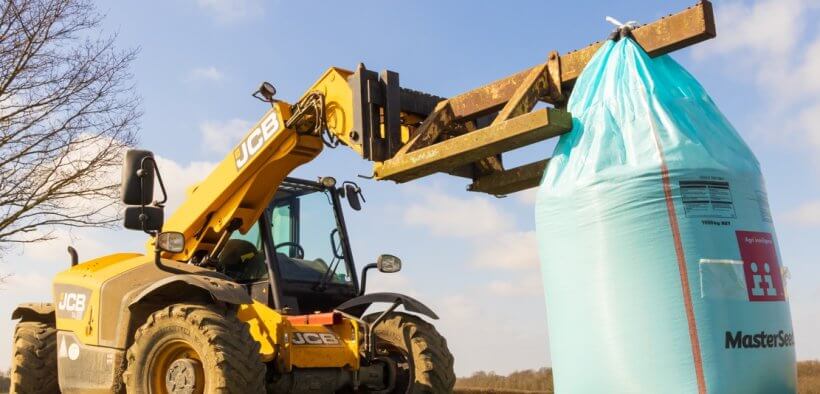Third Party Attachments and the Law
Martin Sinclair Aug 15

THIRD PARTY ATTACHMENTS AND MODIFICATIONS ARE EVERYWHERE IN THE EWP INDUSTRY, FROM SIMPLE PIPE RACKS AND ANCHOR POINTS TO COMPREHENSIVE SECONDARY GUARDING AND ELECTRONIC SENSORS.
By David Quinn General Counsel HOLDING REDLICH
After-market devices can make life easier and safer for operators and hirers alike, but introducing and using them without a comprehensive eye to their safe use can create a range of new risks at the same time as they fix old risks. Hire companies are the meat in the safety sandwich as uses evolve to using new equipment, so while safety obligations and liabilities may be shared if multiple parties are involved in the modification process, they don’t go away.
Any EWP that has made it into the marketplace has already run the gauntlet of engineering assessments, design registration, safe work assessments and operational documentation. Those process ensure manufacturers, owners, hirers and operators can address their responsibilities to ensure all reasonably practicable steps have been taken to ensure the safety of all those involved in the EWP’s operations.
Once a platform is modified after manufacture, however, it is potentially a whole new piece of equipment that might need to run the gauntlet all over again. That means you need to ensure:
- the modification does not move the plant beyond the design standards for its class or the specifications of the OEM,
- you obtain confirmation, as far as possible, from the OEM that the modified plan remains within the design parameters from the manufacturer,
- alternatively, you have confirmation from the third-party supplier or through an engineering or other appropriate review that the modifications do not materially alter its specifications and safe methods of operation,
- your manuals, safe work method statements, training arrangements and hiring documentation reflect the new design, the operational changes that flow and address any potential risk issues arising from the design,
- users are alert to the changed design and the need for them to review their existing practices when they start using the modified plant.
When you supply or use modified plant, as operator or hirer, you are effectively asserting that all practicable steps have been taken to ensure that use of the new modified plant will not create risks to health and safety. That means you are the one taking responsibility for bringing together the old plant, the modification, the third-party supplier and the review process for the new
modified plant.
As always, with responsibility comes liability. If a modification contributes to an accident without confirmation from the thirdparty manufacturer or OEM assessment, hirers could be in the frame along with the manufacturer and designer for failing to take all reasonably practicable steps to ensure safe operation of the plant. Likewise failing to modify manuals and hiring documentation to ensure users know how the modification changes the safe work methods for the plant, can render the hirer liable even if the delay in changing your manuals has been caused by the manufacturer’s delay in getting the information to you.The steps hirers or operators need to take to meet their legal obligations will, of course, reflect the significance of the modification.
Hire documents may limit the contractual liabilities to clients, but the fundamental obligation to take all practicable steps, and the liabilities that flows from it, remains set in stone even when using modified plant.
David Quinn LLB (Hons), BA, is an experienced General Counsel and Accredited Specialist in Workplace Relations at Holding Redlich.










